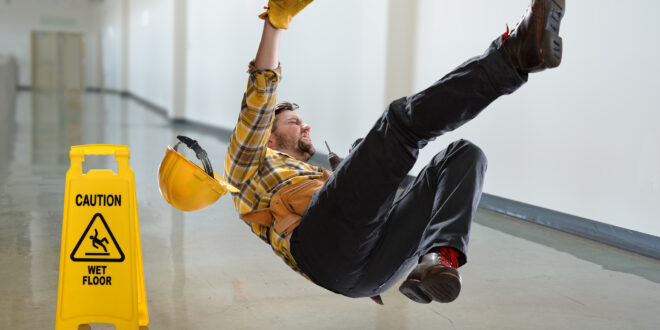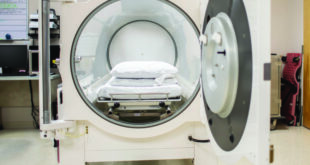Slip-and-fall injuries send millions of people to emergency rooms each year. The slip-and-fall accident can be painful, but they also often have lingering effects that require long-term care and rehabilitation.
What might look like a simple slip-and-fall accident can cause permanent physical damage or death in some situations. Suppose you become the victim of a slip-and-fall accident that involves employer negligence, questionable liability, or faulty equipment. In that case, you should contact a personal injury attorney like this to represent you and help you get a fair settlement.
If you identify as a slip-and-fall accident victim, remember that bumps and bruises aren’t the symptoms you can expect. Slip-and-fall accidents often result in a handful of common injuries with varying severity. For those who’ve sustained injuries but aren’t sure whether their recent spill is to blame, consider the following slip-and-fall injuries below. Once you’ve brushed up on these injuries, you can build your case and prove that your broken bones and neck discomfort are a side effect of your employer’s negligence.
Broken bones
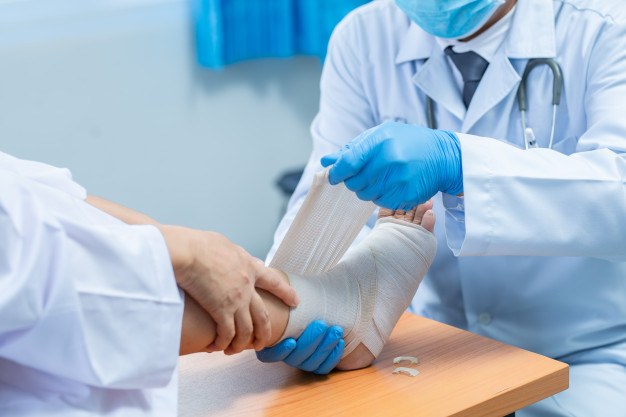
When a slip-and-fall accident puts too much pressure on bones, they can break. The most common locations are hips, ankles, wrists, and forearms, as people try to catch themselves when they fall.
Elderly adults tend to break bones in slip-and-fall accidents. However, if you break a bone in a slip-and-fall accident, you can still request legal representation. Even with the best medical care, bones never return to their original state, which is why many victims report lingering pain post-accident.
Cuts, bruises, and wounds
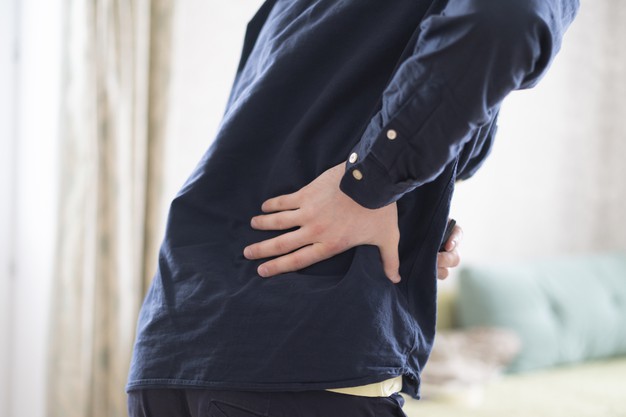
Along with injuries inside the body, slip-and-fall accidents can cause external injuries like cuts, abrasions, and other wounds. Often, signs of bodily damage appear on the legs, hips, and arms. In other cases, injuries occur on the face and can leave life-long scars.
Deep wounds often require stitches. Often, broken bones and concussions accompany these open flesh wounds. The problem with cuts and abrasions is that they can become infected, which requires long-term medical care and expensive prescription medications.
Soft-tissue damage
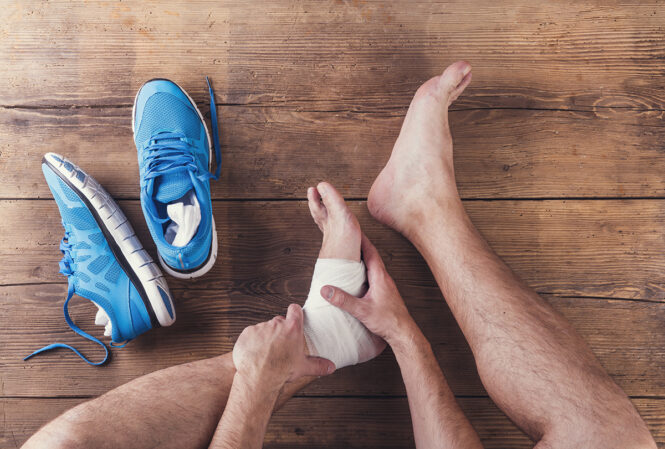
Sprains, strains, twists, and tears are often invisible to the naked eye. However, anyone that’s sustained soft-tissue injury can attest to the searing pain post-fall. Note that after a slip-and-fall accident, soft-tissue damage can appear days or weeks later.
Some soft-tissue injuries require surgery, like tears in tendons and ligaments. Other injuries don’t show up on X-rays or MRIs, forcing victims to suffer through the pain and discomfort until receiving a diagnosis. If you are a victim of a slip-and-fall accident, advocating for your own healthcare is an essential step in diagnosing untreated soft-tissue injuries. Left untreated, slip-and-fall injuries could result in life-long chronic pain, making personal advocacy all the more critical.
To protect yourself, see a health care provider after a slip-and-fall accident. They can record the event and immediate symptoms. That way, you can continue to receive medical care if more symptoms appear in your ligaments and tendons.
Severe injuries to the extremities

Slip-and-fall accidents often occur when steps, pavement, rugs, or flooring are uneven. As a natural reaction, people try to brace their falls by extending their arms. Unfortunately, the result is usually a sprained ankle or wrist. The ligaments and tendons in these sensitive areas can tear, twist, or hyper-extend, resulting in a significant and painful injury.
The ankles and wrists are far from the heart, so blood flow is limited. Because of the lack of blood flowing to the extremities, ankle and wrist injuries heal slowly.
These injuries also prevent people from returning to work and living their everyday lives. For instance, wrist injuries bar people from dressing themselves, using a computer, or driving a car. Similarly, ankle injuries make it difficult to walk, climb steps, or drive a car.
Slip-and-fall injuries can also cause knee damage. Much like the hip joint, knee joints are complicated and often require surgery and physical therapy. Knee damage can include tears to the MCL or ACL, as well as patella dislocation. Some knee injuries require knee replacement surgery, which also requires significant therapy afterward.
Most hip fractures can be traced back to a slip-and-fall accident. Because of the hip joint’s complexity, this type of injury usually requires invasive surgery and lengthy hospitalizations. Typically, patients who undergo surgery usually need extensive rehabilitation and physical therapy. In most cases, elderly slip-and-fall victims spend their recovery time in a nursing home.
Depending on the severity of the fracture, some victims end up with artificial hips, resulting in costly surgeries and painful recoveries.
If you have an ankle, hip, knee, or wrist injury from a slip-and-fall accident, contact an attorney. The damage might seem minor, but it can affect your quality of life in the long term.
Shoulder or neck injuries
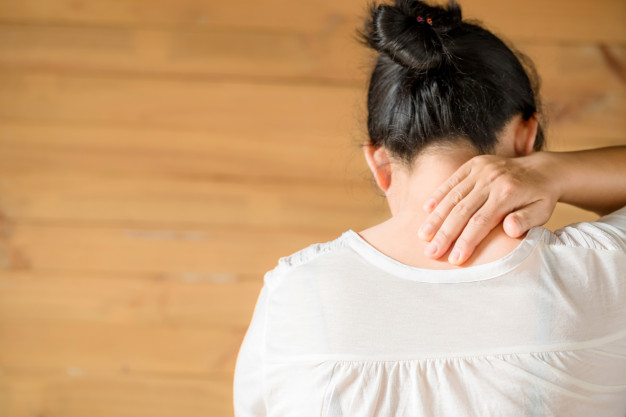
If you cannot catch yourself in a slip-and-fall accident, you might land on your shoulder or neck. When victims of slip-and-fall accidents do catch themselves, the impact moves up their arms into their shoulders and neck. The overexertion can cause painful soft-tissue damage like muscle tears and can even lead to serious spinal injuries resulting in paralysis.
You might even end up breaking your collarbone, dislocating your shoulder, or injuring your nerves. Like the wrists and ankles, the neck is sensitive, translating to an excruciating recovery process. Even the most minor injuries often require surgery or extensive amounts of physical therapy to heal.
Neck and shoulder injuries can keep you from working, driving, and doing everyday tasks. If a neck or shoulder injury has affected your way of life, talk to a personal injury attorney.
Traumatic brain injuries
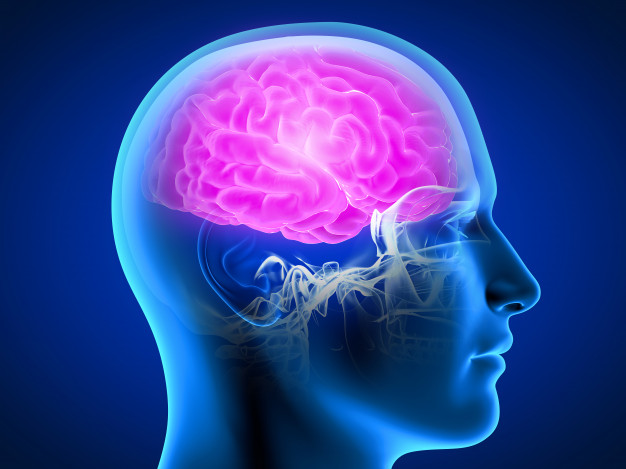
All injuries feature unique inconveniences and complications, but traumatic brain injuries can be life-changing. If a slip-and-fall victim lands on his head, the result could be a traumatic brain injury (TBI). These injuries can vary in severity, from minor concussions or bruises. Some TBIs can be severe and result in skull fractures, hematomas, and hemorrhages.
Often, TBIs can affect brain function. Some people have seizures or cognitive problems after falling on their heads. If you or a loved one has suffered a TBI from slipping and falling, contact an attorney to learn your rights as an accident victim.
Back injuries
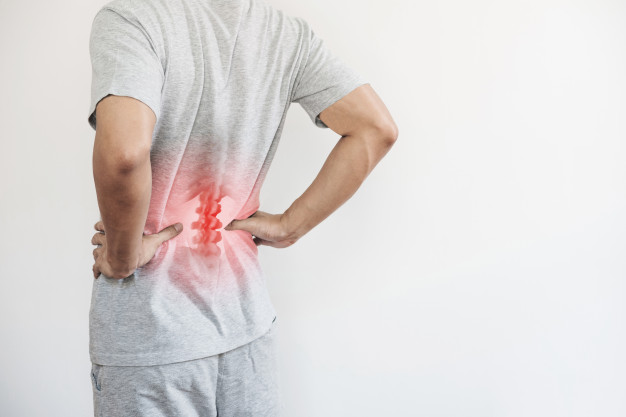
Slip-and-fall injuries can also cause severe and permanent damage to backs and spinal cords. Fractured vertebrae, herniated discs, and spinal cord injuries cause pain and limit mobility, while spinal cord injuries can result in paralysis, nerve damage, and death.
Back injuries can be similarly life-changing, especially if they result in permanent paralysis, chronic pain, or death. Talk to an attorney if you or a loved one has a back injury from a slip-and-fall accident.
Wrap up
Slip-and-fall injuries vary in severity, but many are life-changing in both the long and short term. Suppose the accident occurred due to someone else’s negligence (i.e., a misplaced wet-floor sign or faulty equipment). In that case, an attorney could help you fight for the financial help needed to cover medical bills, time away from work, and life-changing results.
 Imagup General Magazine 2024
Imagup General Magazine 2024
